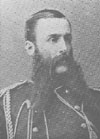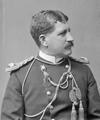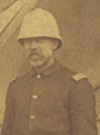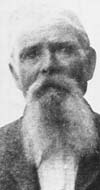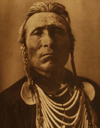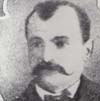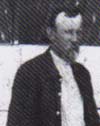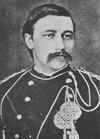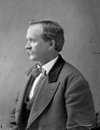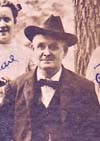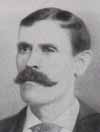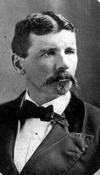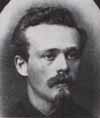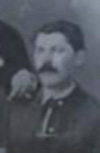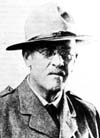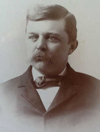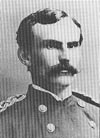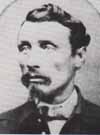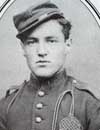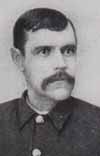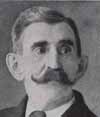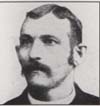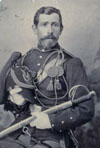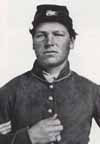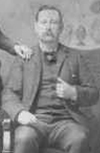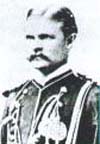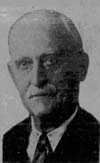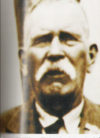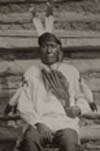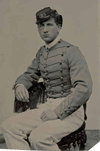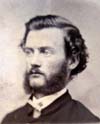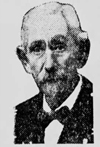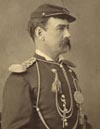William Winer Cooke (left) was born on May 29, 1846, in Mt. Pleasant, Ontario, Canada. He was a First Lieutenant who served as the Regimental Adjutant. He was killed with Custer’s Column.
Winfield Scott Edgerly (right) was born in Farmington, New Hampshire, on May 29, 1846. He was a Second Lieutenant in Company L who participated in scouting duty and in the hilltop fight.
May 30, 1876 – George Custer, Tom Custer, and Companies C, D, F & M scouted the Little Missouri River.
May 30 – On this day we observe Memorial Day in the United States to commemorate American military personnel who died in all wars.
Henry Jackson (left) was born on May 31, 1837, in Canterbury, England. He was a First Lieutenant in Company F who was not present at the battle due to detached service in Washington, D.C., at the Office of the Chief Signal Officer.
John J. “Jack” Mahoney (right) was born in Cork, Ireland, on May 31, 1845. He was a Private in Company C who was with the pack train and participated in the hilltop fight.
Goes Ahead (left) died at the Crow Agency in Montana on May 31, 1919, and was buried in the Custer National Cemetery there. He was a Scout who rode with Custer’s Column and participated in the hilltop fight.
Otto Emil Voit (right) died on June 1, 1906, in Louisville, Kentucky, and was buried in Saint Stephens Cemetery there. He was a saddler for Company H who was wounded in the hilltop fight. He was awarded the Medal of Honor for his actions. On December 29, 1890, he participated in the battle at Wounded Knee in Shannon, South Dakota.
John A. Bailey died in St. Paul, Minnesota, on June 2, 1915, in an elevator accident. He was buried in the Fort Snelling National Cemetery in Minneapolis, Minnesota. He was a saddler for Company B who was with the pack train and participated in the hilltop fight.
White Man Runs Him (left) died at Lodge Grass, Montana, on June 2, 1929, and was buried in Custer National Cemetery on the Crow Agency in Montana. He was a Scout who was with Custer’s Column and in the hilltop fight.
Charles Ramsey was a Private in Company I who was with the pack train and in the hilltop fight. He deserted from Fort Abraham Lincoln, Dakota Territory, on June 3, 1879.
Harry M. Krusee died on June 3, 1925, in Hot Springs, South Dakota, and was buried in the National Cemetery there. He was a Private in Company G who was not present at the battle due to detached service at Powder River.
Black Calf (Hani-katil), who was also known as Boy Chief, died on June 4, 1922, in Armstrong, North Dakota. He was an Arikara Scout who was with Reno’s Column during the battle. He was buried with the name Boy Chief in the Indian Scout Cemetery in McLean County, North Dakota.
Christopher Pendle (left) died on June 4, 1923, in Gardenville, Washington, and was cremated. He was a Private in Company E who was not present at the battle due to his extra duty as a hospital attendant in the field.
